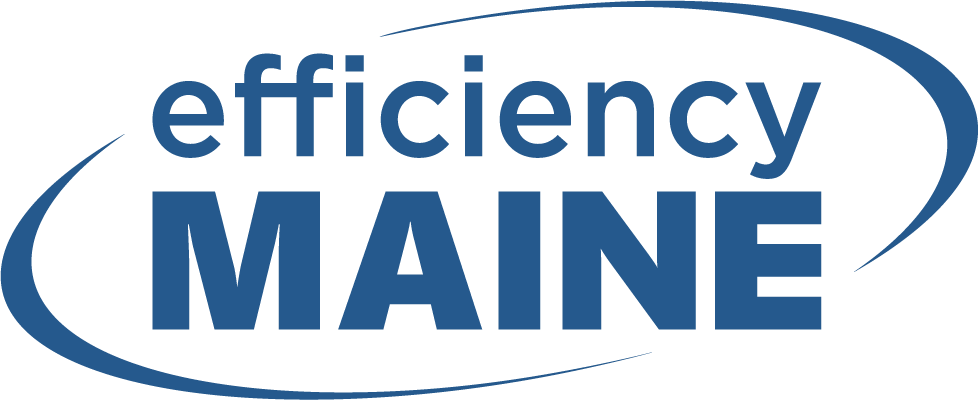Governor Mills, Efficiency Maine Announce Maine Jobs & Recovery Plan Initiative to Cut Energy Costs in Public Buildings, Save Taxpayer Dollars
Funding now available from Governor’s Jobs Plan for smaller communities to reduce energy costs and create savings for taxpayers
Norridgewock, MAINE – Governor Janet Mills and Efficiency Maine today announced the availability of $4 million from the Maine Jobs & Recovery Plan to help small communities cut energy costs in public buildings and save taxpayer dollars by improving energy efficiency.
This opportunity from Efficiency Maine for towns, cities, and Tribal lands of fewer than 5,000 residents is the latest in a series of energy efficiency initiatives supported by a $50 million investment from Governor Janet Mills’ Maine Jobs and Recovery Plan.

Other initiatives have targeted efficiency upgrades in Maine’s hospitality sector, public schools, and installation of Level 2 EV chargers in rural communities, as well as helping more Maine households save money with improved insulation and weatherization.
Funds for this initiative will be used primarily on investments to reduce consumption of heating oil and propane by switching heating, ventilation, and air conditioning (HVAC) systems to high-performance heat pump systems that deliver efficient, clean heating and air conditioning. Other eligible projects will include interior and exterior LED lighting, refrigeration upgrades, and wood-heat systems.
“Every Maine community is considering ways to become more energy efficient and less dependent on imported fossil fuels to help save money,” said Governor Janet Mills. “With this funding from my Jobs Plan through Efficiency Maine, local leaders have a partner in my Administration to cut their energy consumption and costs and to create savings for taxpayers – a win-win.”
“We’re excited to offer this promotion with financial support from the Maine Jobs and Recovery Plan to help Maine’s smaller municipalities upgrade aging energy systems,” said Michael Stoddard, Executive Director of the Efficiency Maine Trust. “This initiative can help budget-strapped towns ease the burden on their taxpayers, and support energy independence and resilience while paving the way to a more sustainable clean energy future.”
“Through Efficiency Maine and programs like the Community Resilience Partnership, which offers grants to towns, cities and tribal governments to pursue climate priorities, Maine communities have more options than ever to save money and reduce emissions through energy efficiency and efficient heating solutions,” said Hannah Pingree, Director of the Governor’s Office of Policy Innovation and the Future and co-chair of the Maine Climate Council. “This is a win-win for communities and for taxpayers, as continued investments in efficiency will save money in the near-term, while protecting our people, economy and environment from the impacts of the climate crisis for the long-term.”
“Efforts like this are having positive impacts in Maine communities,” said Catherine Conlow, Executive Director of the Maine Municipal Association. “In the past few months, these investments have helped municipalities make energy-related improvements to aging buildings, as result reducing associated heating and lighting costs and increasing employee morale as working environments become more comfortable. Towns and cities exploring energy efficiency possibilities, as well as a seeking a return on investment for their property taxpayers are encouraged to explore this program.”
Efficiency Maine announced this funding opportunity today in Norridgewock, a leading example of municipal energy efficiency. The town’s fire department, airport, library, municipal garage, wastewater facility, and town offices all completed lighting projects and reduced the town’s annual electricity usage by more than 46,000 kilowatt hours, equal to the average annual electricity usage of seven Maine homes. Norridgewock also installed heat pumps in its fire station, airport terminal, and library, saving more than $2,000 in heating fuel costs.
Efficiency Maine will post photos and B-roll of today’s press event HERE.
“These incentives are too good to leave on the table,” said Norridgewock Town Manager Richard LaBelle. “Like most municipalities, we face the ever-expanding pressure to keep taxes down. We were able to upgrade our lighting and install heat pumps at a fraction of the cost. The new lighting literally transformed these buildings, making them more inviting for public visitors and more pleasant workspaces. And the heat pumps enabled us to remove window air conditioners, dehumidifiers, and heaters under staff desks. “To me, that shows we’re doing what’s best for our community by being smart with our budgets and a wise guardian of the taxpayer dollar.”
To be eligible for these funds, communities must have a population fewer than 5,000 residents based on 2020 Maine census data. Efficiency Maine will accept applications until August 31, 2023, or until funds are exhausted. Accepted projects must be completed by February 28, 2024.
Efficiency Maine is holding three webinars on this new funding opportunity to further inform interested parties. For more information on the qualifying equipment and other eligibility details, please visit Efficiency Maine’s website. Communities with more than 5,000 people may qualify for other public sector incentives, which can be found here.
Since 2019, more than 80,000 new high-efficiency heat pumps have been installed across Maine to address the state’s nation-leading dependency on heating oil and reduce harmful carbon emissions. The state’s climate plan, Maine Won’t Wait, has targeted installing 100,000 new heat pumps in Maine by 2025.
This new program builds on actions already taken by the Mills Administration to reduce costs for Maine people grappling with increased prices for heating fuel and electricity driven by volatile global fossil fuel markets. Those actions include:
Returning more than half of the state’s budget surplus to Maine people through $850 inflation relief checks;
- Pressing for increased funding and expanded eligibility for Federal heating assistance programs to help Maine households with oil bills this winter;
- Opposing a 30 percent electricity rate increase sought by Central Maine Power and a similar increase proposed by Versant Power;
- Securing a one-time bill credit of $90 for tens of thousands of low-income customers of Central Maine Power and Versant;
- Providing $800 in heating cost relief to nearly 13,000 low-income households to help pay for high energy costs;
- Providing up to $1,400 in tax relief for eligible low- and middle-income Maine families and seniors;
- Signing into law LD 2010, sponsored by Senate President Troy Jackson, that will make a tiered credit of up to $3,000 available to Maine small businesses to offset increases in the standard offer for electricity;
Efficiency Maine is an independent administrator of programs in Maine to increase energy efficiency and reduce
greenhouse gas emissions, primarily through offering financial incentives on the purchase of high-efficiency equipment or helping customers change operations to reduce energy costs. Visit efficiencymaine.com for more information.
The Maine Jobs & Recovery Plan is the Governor’s plan, approved by the Legislature, to invest nearly $1 billion in Federal American Rescue Plan funds to improve the lives of Maine people and families, help businesses, create good-paying jobs, and build an economy poised for future prosperity.
It draws heavily on recommendations from the Governor’s Economic Recovery Committee and the State’s 10-Year Economic Development Strategy, transforming them into real action to improve the lives of Maine people and strengthen the economy.
If you are looking to improve your home's effdecenty by installing insulation or with air sealing services, check out the rebate program here.








